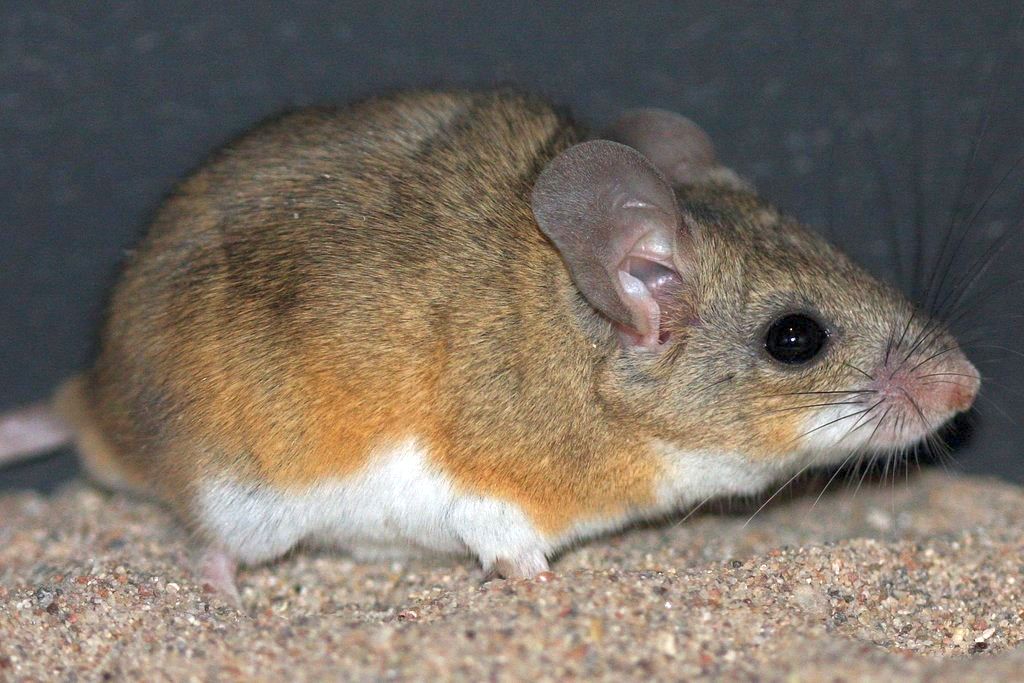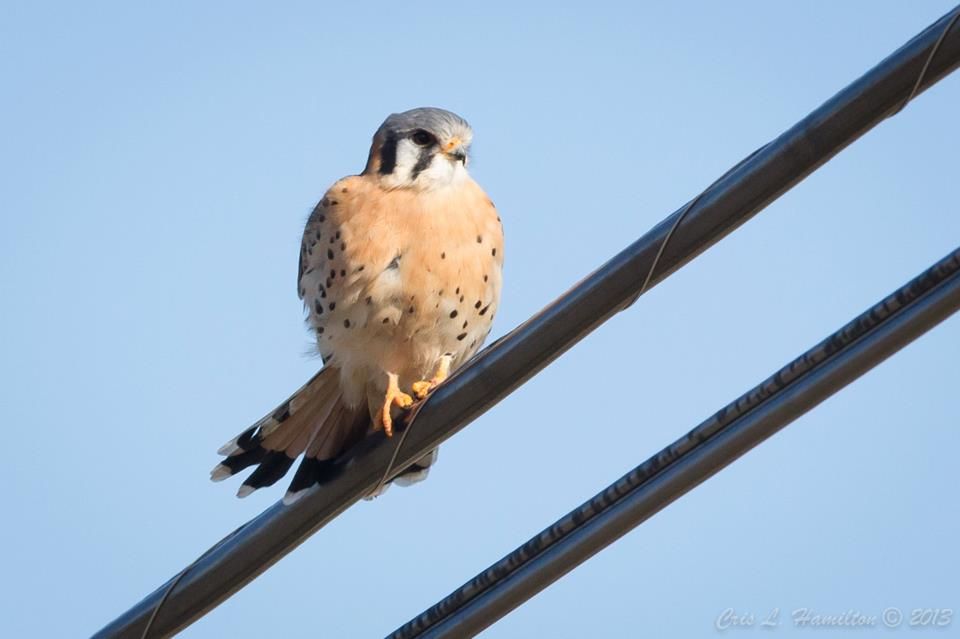
8 March 2021
What is the future of life on Earth as the climate warms? Which species will thrive and which decline? A study published last month in Science indicates that “in a warming world, it’s better to be a small mammal than a bird.”
In the early 1900’s Joseph Grinnell made extremely detailed records of flora and fauna in California’s Mojave Desert for the Museum of Vertebrate Zoology. A century later the average temperature in the Mojave is now 2oC (3.6oF) higher. Using Grinnell’s records a team led by Eric Riddell resurveyed Grinnell’s locations to find out how birds and mammals fare in hotter, drier conditions.
If you like birds, you won’t like the news.
[In the Mojave Desert] Over the past century, occupancy of small mammals remained stable while birds severely declined.
On average, every spot surveyed had lost more than 40% of its desert bird species, such as American kestrels or mountain quail. At most sites, even the remaining species were scarcer.
— Science Magazine: In a warming world it’s better to be a small mammal than a bird.

Small mammals get around the heat problem by staying underground during the day. Birds don’t have this choice and they have an additional disadvantage — their bodies use more energy to stay cool.
It looks like there will be fewer birds in a hotter world. Read more in Science Magazine: In a warming world it’s better to be a small mammal than a bird.
p.s. There is a bird who stays underground during the day and eats small mammals in the Mojave Desert: the burrowing owl.
(cactus mouse photo by J. N. Stuart via iNaturalist (CC BY-NC-ND), American kestrel photo by Cris Hamilton)
I didn’t know that. It does make sense. Global warming causes so many hidden problems.